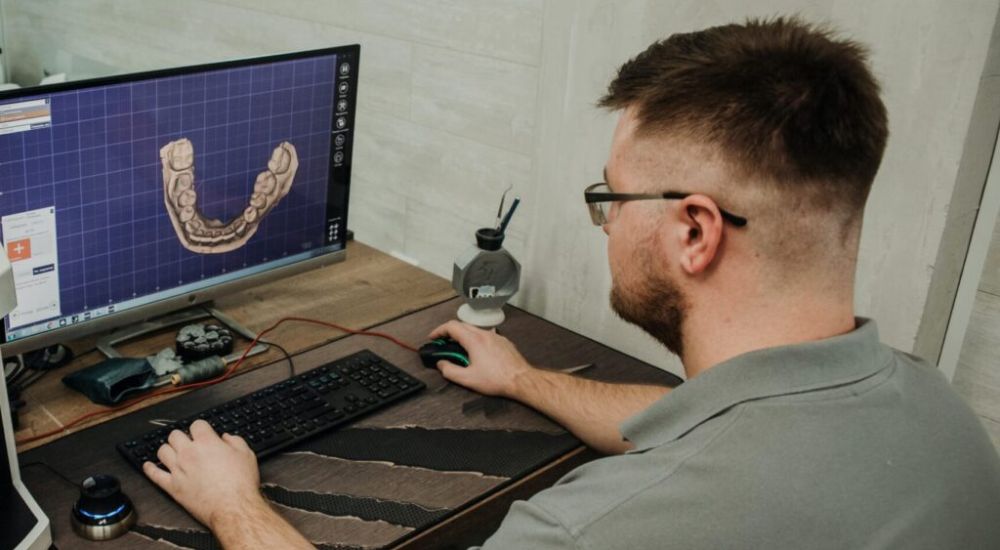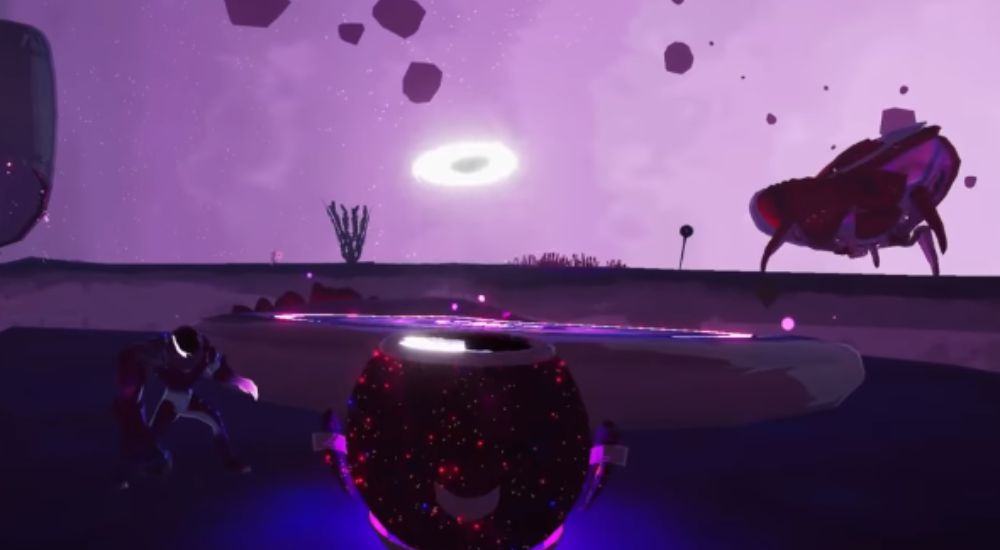A recent report by Statista shows that gaming is the fifth most common hobby in the United States – a whopping 31% of all adults have it as a hobby. And it’s easy to understand why: be it on a console, on a computer or a smartphone, they’re designed for players to have fun for countless hours.
But when it comes to developing games, one thing is certain: things NEVER go 100% as planned. To think otherwise is to have little understanding of what goes into the creation of a game.
Luckily, we’re here to show you the game development process and break down each one of the three big steps all games inevitably go through.
The game development process in three steps
1. Pre-production
Every product that is out there – including games and software – starts here: the pre-production step. It’s here where top-level executives, sometimes with the aid of a senior/lead game designer, discuss the idea, the thing the game is about, which technologies are going to be used, for which platforms the game will be developed, and so on.
For simpler projects, this can take a few days, but bigger and more complex games often spend several months working out the game details. In practice, this depends on how many resources are available and on the game’s scope, but it typically makes up 20% of the total production time.
During this step, the team is, even in bigger companies, still small. There is usually a programmer/developer, who works on building early prototypes for the key game mechanics, a producer, who handles the budget the team is working with, and a concept artist, who sets the tone for the project through many sketches.
Whatever information is gathered during this step is recorded in the Game Design Document.
The Game Design Document (GDD)
This document is essentially the guiding light for all in the project. During development, it’s mainly used to keep everyone on the same page. It includes answers and/or descriptions for the key concepts of the game, such as:
– Executive summary: the idea/concept of the game, its genre, monetization strategies, target audience, the market outlook, platforms for which the game will be launched, resources/budget it will require and estimated time of arrival (ETA), to name a few;
– Gameplay elements: whether the game will be made in 2D or 3D, core game mechanics, gameplay loop, progression system and much more;
– Creative elements: the art style used to create assets, concept art, worldbuilding, level and world design, music and ambiance, etc.
When it comes to the GDD, nothing is set in stone. As prototypes are tested, technical/financial limitations are found and designs are further refined, the document is updated accordingly.
Project managers make great use of the GDD: it lets them see ahead of time which professionals they might have to hire/outsource. Top-level executives too, serve as a pitch tool to acquire funding as investors want to see a solid plan before committing money to the game.

Prototyping
Before moving on to actual production, most games might require some prototyping (especially ones that have unique gameplay loops) – a test that gauges the user experience, functionality and mechanics.
When creating a game prototype, speed is important: use whatever assets you have at your disposal – free ones if necessary – and test whether the game idea works in practice. This might reveal unseen issues that can arise later in development or even a design flaw, which can be fixed down the line.
2. Production
Once the prototypes have been approved, you enter the production step, which is the longest in the entire process. Smaller games can be finished in as little as 3 months, while some bigger games – such as Cyberpunk 2077 – can take almost a decade to be fully developed.
In this step, pretty much everything that players see and interact with will be developed. Such things include, but are not limited to:
– A game engine is created or an existing one is used, serving as the backbone of the entire game. Game developers then use it to craft the game according to the GDD;
– 2D sprites or 3D models are created and animated;
– The worldbuilding gets deeper and more complex, which creates immersion when playing;
– Writers create thousands of lines of dialogues and in-game text, which are later read out loud by voice actors;
– Level designers create immersive and dynamic environments for players to move in and explore freely;
– Sound designers work to ensure audio effects sound great and the proper one is played at the right time;
– Game designers go even deeper into some mechanics, working to balance and integrate everything as smoothly as possible;
– Development team members assemble prototypes to test a specific aspect of the game, gathering feedback that can be later used to improve it.

Quality Assurance (QA) Testing
As features are finished and assembled, they need to be tested for quality control. There are many types of QA testing, but most of them tackle these aspects of the game:
– Possible ways to break the game – make it function in ways it’s not supposed to work, like skipping important parts of a game;
– Whether the UI/UX is just right or needs some adjustments;
– General bugs and crashes, including writing a detailed log and steps to reproduce said errors so tracking them down and fixing them is much easier;
– Read through dialogues and texts (and their translations) to spot possible grammatical errors, inconsistencies and writing elements that might disrupt the flow or break the immersion;
– Functionality of the game: whether everything is working correctly as per the GDD. Testers will also attempt to, for example, try to walk through a wall or phase through terrain in order to access an unavailable area, climb to the highest spot in any given level and check for potential spots in which players might get stuck;
– Compatibility: is your game compatible with the most common devices and resolutions? What about different ways to play the game, such as a keyboard or a joystick?
– Optimization and limit testing: are there too many particles? How does the game run on different devices/computers? What can be done to further improve the game’s performance? Will doing something result in frame drops? If so, why?
– Difficulty: broadly speaking, the difficulty of a game should be just right, neither too easy nor too hard, which is closely related to the game balance.
Keep in mind, however, that game development and game testing are NOT a linear process. In fact, they are usually together in a cyclic process that happens all the time.
Pre-launch and launch
Before the game is released to the public, it needs to be publicized in some way. We can agree that no one will play your game if nobody knows about it, right?
The biggest gaming companies in the world often have a marketing budget of tens (if not hundreds) of millions to spend however they like – which is usually spent on advertising campaigns and meticulously crafted cinematics years before release to generate some media buzz and hype among players.
Smaller companies and independent studios, on the other hand, often resort to crowdfunding or sending early-access keys to popular gaming personalities (mostly YouTubers and livestreamers) so they can showcase the game to their audience.
In the months leading up to the launch of a game, developers, designers and QA testers are hard at work trying their best to minimize the amount of bugs in the game, improving the game mechanics and testing everything to ensure everything works as intended.
At the same time, game artists will be fixing rigging/animation mistakes, improving models and textures, adding better-sounding audio effects, polishing particles and visual effects, and so on.
Once the launch date approaches, the game should be well-polished and work perfectly aside from some minor and unobtrusive bugs here and there.

3. Post-production
After the game has launched, it’s arguably one of the most exciting moments for game development studios of all sizes – months/years of hard work are (hopefully) paying off.
However, even after the game has been launched, developers still have some work to do: bug reports will come from all across the globe, which should be promptly fixed and deployed at regular intervals. This is often known as “post-launch support”.
Can you imagine what would happen to Cyberpunk 2077 if no patches and fixes were deployed after its less-than-stellar launch?
Another way to work on post-launch support is to develop and release regular updates for the game, which can range from simple, bug-squashing patches to full-blown downloadable content (DLCs), adding even more content and hours of fun to the game.

We can develop your next game!
If you have a great idea for a game, but the entire process feels like too much trouble, then working alongside experienced professionals is a surefire way to get a high-quality game up and running as fast as possible.
At Main Leaf, our roster of 70+ talented professionals has been creating fantastic games on demand since 2010, and your upcoming title could be the next one!
If you’re interested in working with us, make sure to request a game quote right now by going to the top of this page. Don’t worry, we will get in touch with you as soon as we can!

